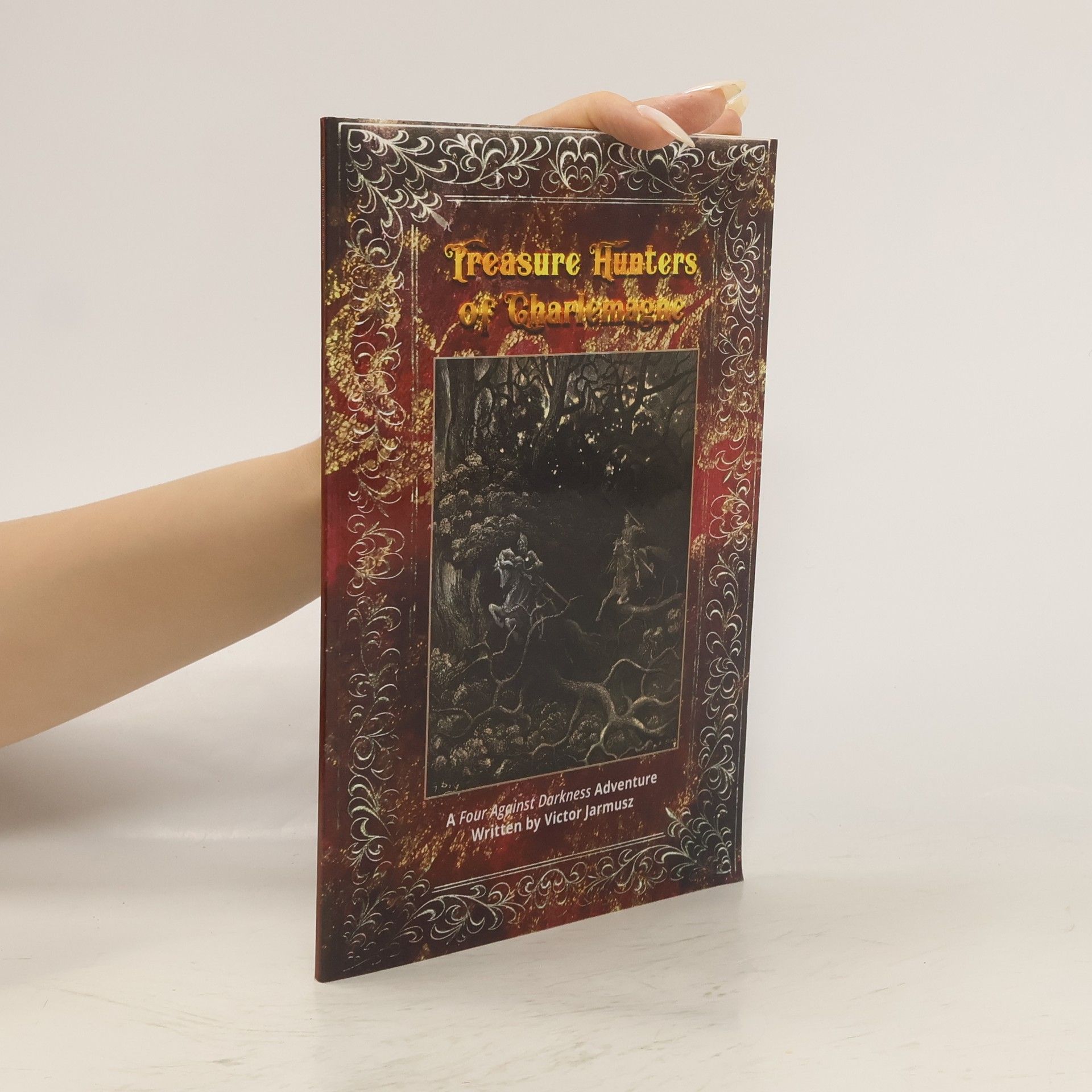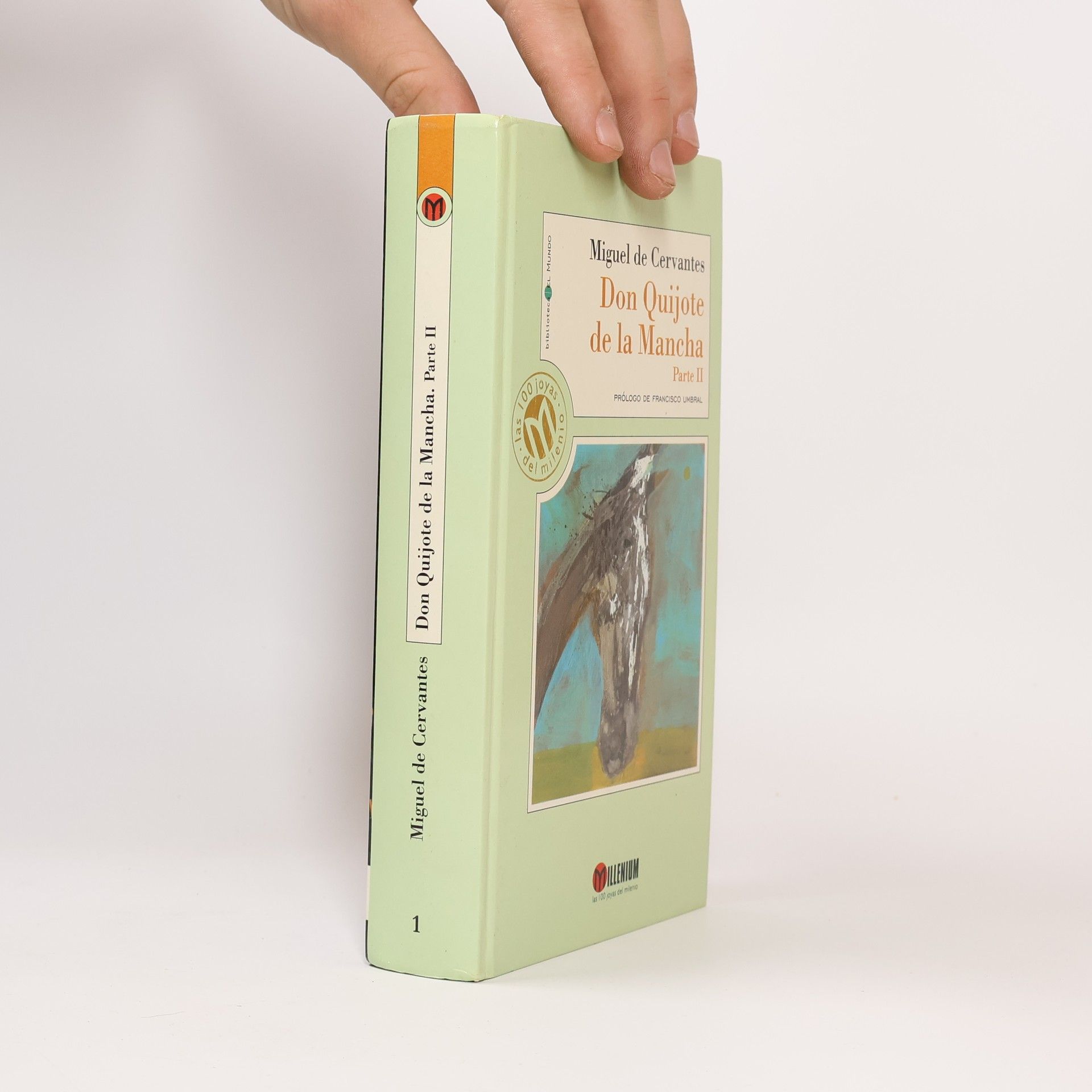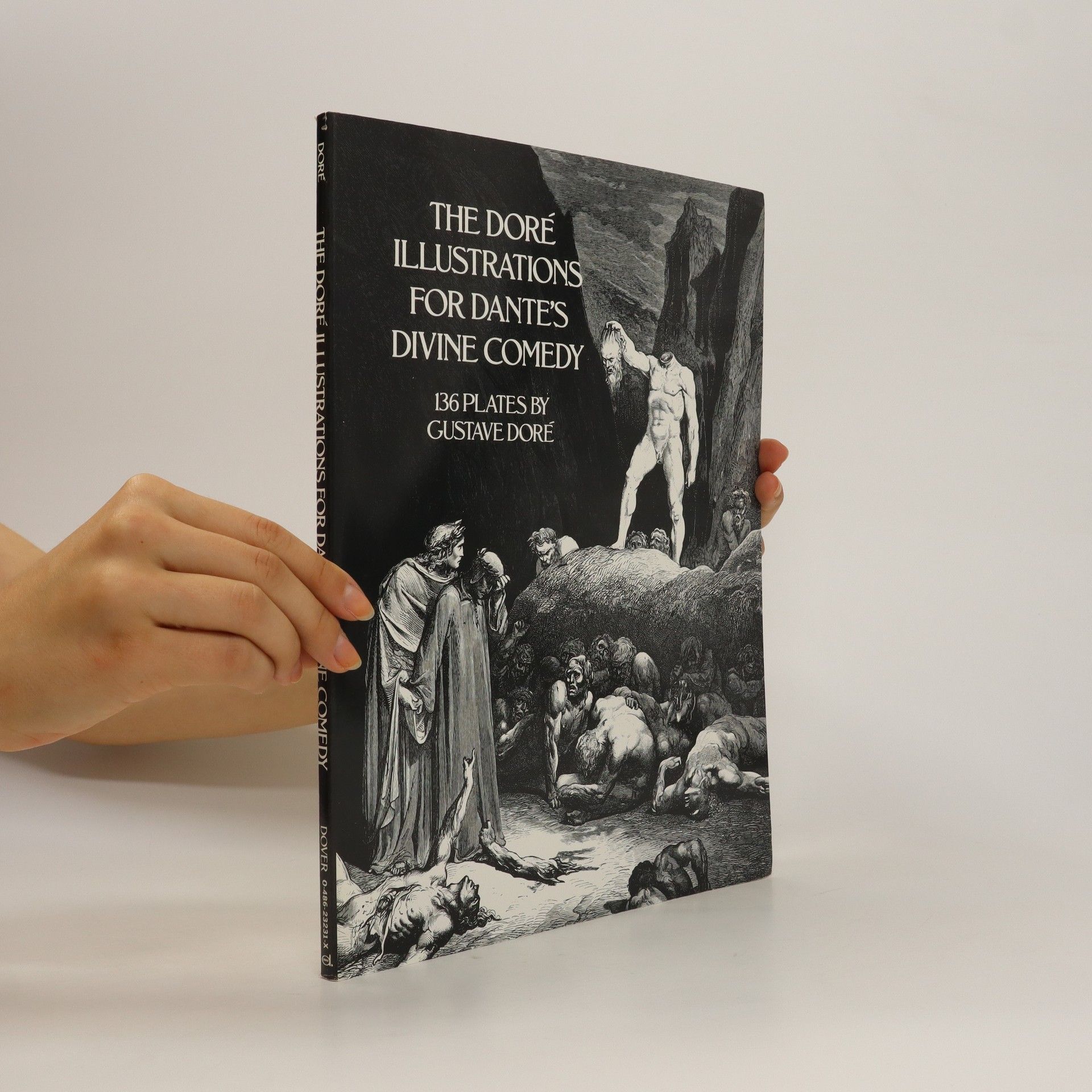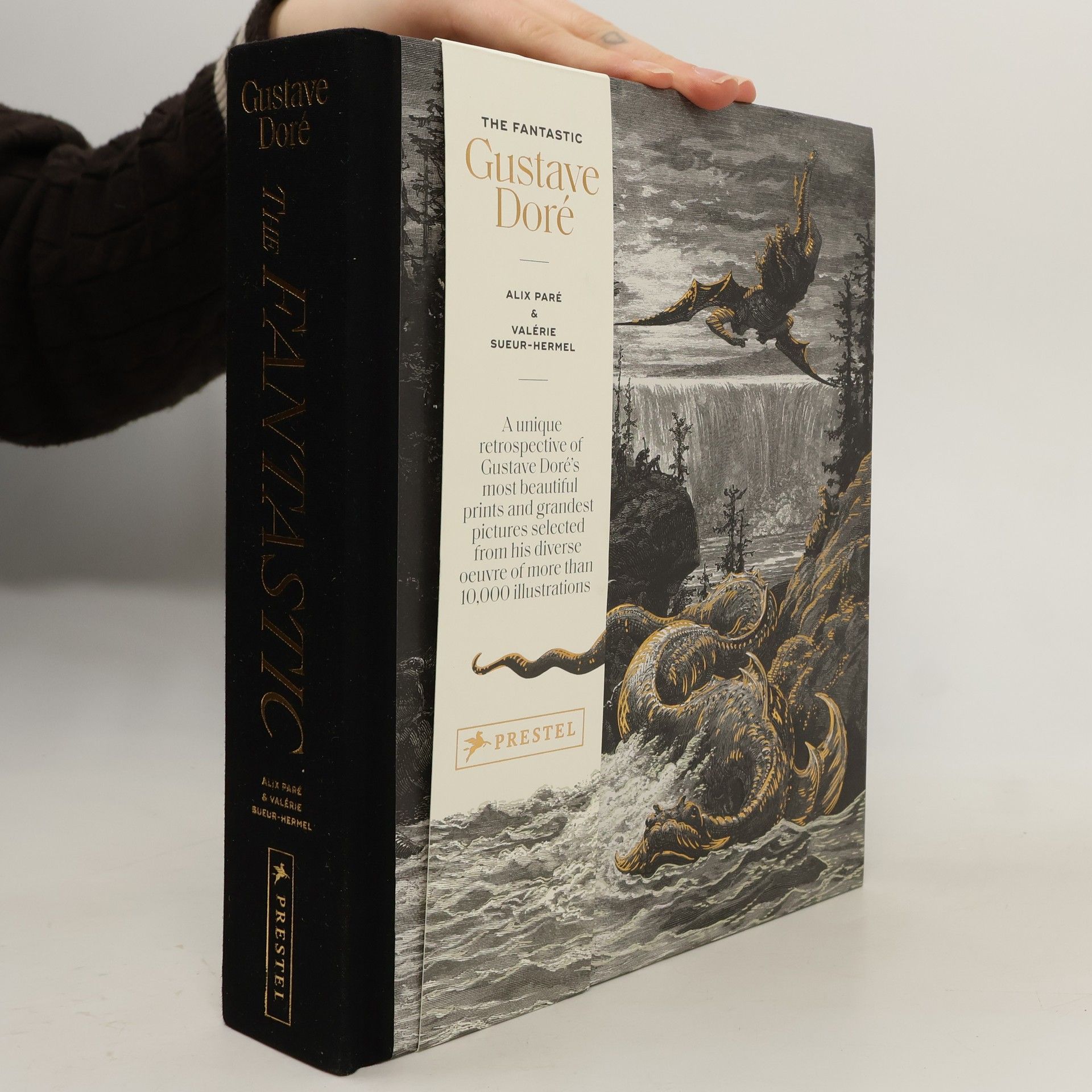Dante Alighieri (1265-1321), padre de la lengua italiana, invirtió doce anos de su vida en escribir la Divina Comedia. Dos hechos biográficos -la muerte de su amada Beatriz y el exilio de su ciudad, Florencia- le sumieron en un estado de incertidumbre y desilusión que sólo logró superar a través de una poesía universalizante que dejó a las generaciones venideras una obra plena de belleza e inmortalidad, base de la literatura alegórica medieval. En la Divina Comedia Dante pretende decir lo que nunca ha sido dicho de mujer alguna: la exaltación del triunfo celestial de la amada, la expresión de un amor que transciende las dimensiones físicas de este mundo y se convierte en pura espiritualidad. El resultado final es un fantástico viajes hacia la redención que abarca todo el argumento existencial, desde la creación del hombre hasta su destino final, la divinidad. Angel Chiclana, de la Universidad Complutense, ofrece en su edición una auténtica guía de lectura, adaptando nuestra sensibilidad moderna a la ideología y la estética medievales y familiarizándonos con los personajes, acontecimientos, instituciones, fuentes literarias y el complejo teológico y filosófico del autor de esta obra cumbre de la literatura universal.
Gustave Doré Libros
Gustave Doré fue el ilustrador de libros francés más popular y exitoso de mediados del siglo XIX. Se hizo ampliamente conocido por sus ilustraciones de obras fundamentales, ayudando a establecer el libro ilustrado de gran formato en toda Europa. Su arte se caracteriza por una apreciación enérgica, aunque algo ingenua, de lo grotesco, comercializando la fascinación romántica por lo extraño. Más tarde, sus estudios más sobrios de los barrios más pobres de Londres captaron la atención de van Gogh, señalando un cambio hacia la observación más terrenal.






This authoritative retrospective of Doré’s prints and paintings showcases over 10,000 works in a spectacularly ornate package that reflects the artist’s dramatic style. If you were a literature consumer in the nineteenth century, your library likely featured his illustrations. From the Bible to Shakespeare, Balzac to Poe, Doré’s intricate and exuberant drawings brought great works to life, making them as cherished as the stories they illustrated. This magnificent volume also reveals his talents as a sculptor, painter, and cartoonist. It spans Doré’s entire career, with chapters dedicated to specific works such as The Divine Comedy, Don Quixote, Tennyson’s Idylls of the King, and medieval fairy tales, each accompanied by exquisite full-page reproductions that highlight his genius in line, shading, and texture. The authors provide insights into the techniques Doré used to create his masterpieces. Fans will appreciate the book's stunning production, featuring quarter binding, gold foil stamping, embossing, a belly band, and silkscreen printing on three edges. Filled with incisive analysis and expert historical perspectives, this volume is a consummate collector’s item—expansive and sensational, just like the artist himself.
'London: A Pilgrimage' was conceived in 1868 by the journalist and playwright Blanchard Jerrold. Accompanied by the famous artist Gustave Dore, Jerrold prowled every corner of the heaving metropolis, sometimes with plain-clothes police for protection. 'London: A Pilgrimage' is a forgotten classic of social journalism, a frank and brutal look at the poverty striken, gin-swilling London of the nineteenth century, written in a perceptive, bold and gripping style.180 incredible etchings by Dore escort Jerrold on his odyssey through the pulsating city, into the Lambeth gas works, seedy opium dens and grubby bathing houses; peering curiously into the desperate lives of the flower sellers, lavender girls and organ grinders. 'London: A Pilgrimage' is an enlightening work that brings to life the chaotic and gloomy past of a great city on the cusp of modern times.Peter Ackroyd's excellent introduction sheds further light on the period and the context in which Jerrold and Dore felt compelled to reveal to the world the squalor into which London was slowly sinking.
Reproductions of Dore's scenes from the Inferno, Purgatorio and Paradiso are accompanied by lines from Longfellow's translation
Una coleccion que adapta grandes obras y autores de la literatura escrita en espanol.Cada titulo incluye:Una breve presentacion de la vida y obra del autor. El texto adaptado. Una seleccion de partes significativas de la obra en su version original. Una lista de palabras, agrupando en la misma entrada a las de la misma familia lexica. Una guia de comprension lectora que ayuda a elaborar una ficha resumen de la lectura del libro. Para que el lector pueda descubrir el placer del texto original hay una seleccion de partes significativas de la obra en V.O. (version original). Una vez leida toda la adaptacion, se pueden seguir con la V.O. los momentos principales del relato.
Inferno: The Divine Comedy
- 396 páginas
- 14 horas de lectura
New verse translation by prize-winning translator with facing Italian text, part of Alma Classics Evergreen series. Includes an extensive section on Dante's life and works.
Dante's Divine Comedy: Hell, Purgatory, Paradise
- 383 páginas
- 14 horas de lectura
Long narrative poem originally titled Commedia (about 1555 printed as La divina commedia) written about 1310-14 by Dante. The work is divided into three major sections--Inferno, Purgatorio, and Paradiso--which trace the journey of a man from darkness and error to the revelation of the divine light, culminating in the beatific vision of God. It is usually held to be one of the world's greatest works of literature. The plot of The Divine Comedy is simple: a man is miraculously enabled to visit the souls in Hell, Purgatory, and Paradise. He has two guides: Virgil, who leads him through the Inferno and Purgatorio, and Beatrice, who introduces him to Paradiso. Through these fictional encounters taking place from Good Friday evening in 1300 through Easter Sunday and slightly beyond, Dante the character learns of the exile that is awaiting him (an actual exile that had already occurred at the time of writing). This device allowed Dante not only to create a story out of his exile but also to explain how he came to cope with personal calamity and to offer suggestions for the resolution of Italy's troubles as well.
This book is a reproduction of a historical work, specifically designed in large print to enhance readability for individuals with impaired vision. The publishing house Megali focuses on making classic texts accessible, ensuring that important literary and historical works can be enjoyed by a wider audience.
Divine Comedy (Complete Edition): Illustrated & Annotated
- 528 páginas
- 19 horas de lectura
The narrative poem explores Dante's journey through Hell, Purgatory, and Paradise, reflecting the medieval worldview and the soul's quest for God. Influenced by Christian theology and philosophy, particularly the works of Thomas Aquinas, it features Virgil as a symbol of human reason and Beatrice as divine knowledge. This edition includes Henry Francis Cary's esteemed translation and is enhanced by Gustave Doré's stunning illustrations, making it a significant contribution to both Italian and world literature.


